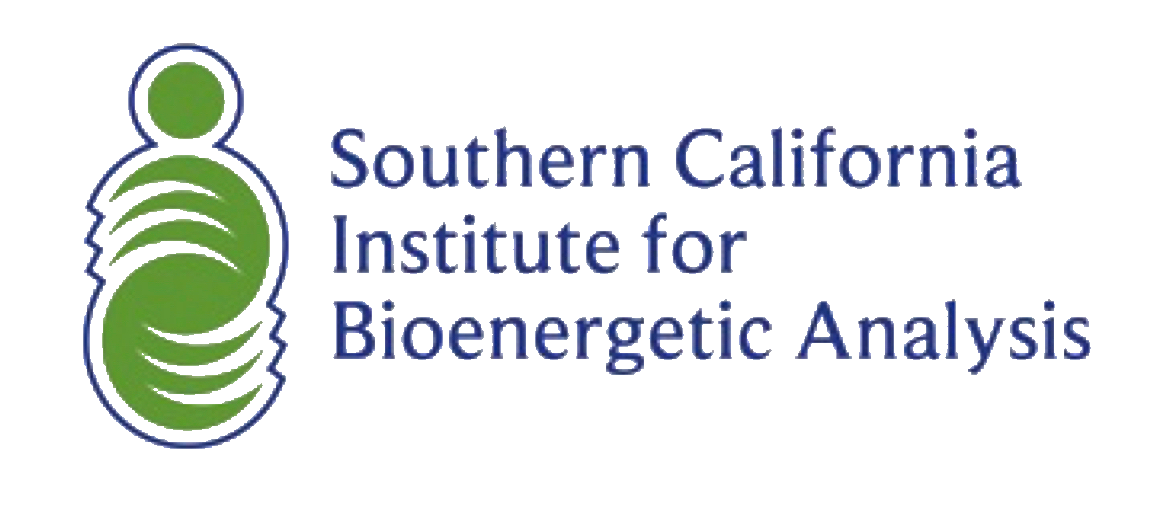Bioenergetics, Body Language Translated
By Tarra Judson Stariell, MFT, CBT
Have you ever noticed that most people who concentrate on holding their head high, remain disconnected from any feelings that might bring them down? Furthermore, keeping your chin up will most likely prevent a person from crying and releasing any sadness for it’s almost impossible to cry with your chin tensed upwards. Or have you ever noticed someone with tight and tense shoulders? According to Bioenergetics, when someone is shouldering their responsibilities we know that they are most likely carrying unneeded tension in their neck and shoulders due to unprocessed stress and psychological burdens.
These are only a few examples of the myriad ways our language belies the emotional process of the body and what mannerisms we take on in order to prevent our bodies from feeling emotions. Our body’s way of communicating with us is through feelings, emotions and sensations, all movements from within. When a body is not able to process the energetic components to an experience, that energy is stored in the body as well as the unconscious mind. As the body balances itself, these unconscious energies held in the muscular tissues emerge to be recognized and subsequently released. Bioenergetics offers such a process of healing and integration.
Bioenergetics is a relational somatic form of psychotherapy whose theory presents that what goes on in the mind is also manifest in the body. Thus, shock trauma, developmental trauma and stress from daily living are registered in both the mind and the body. However, we as a species are not doomed to forever suffer the emotional impact of these situations that happen in life; rather our minds and bodies are both designed to bring into consciousness these suppressed emotions and unexperienced events. When the unconscious becomes conscious and the body’s felt-sense awareness is the focus of the mind, an integration process ensues leading to an increase in our capacity for pleasure and well being.
Life in any body requires a certain amount of awareness and in fact the more attention someone pays to their body, the better that body usually feels. A body with chronic stress, muscular contractions and physical diseases, from a Bioenergetic viewpoint is asking for more attention. A body needs to move and when encouraged to do so in normally uncharacteristic ways, a shift in the energy of that body occurs, thus shifting the experience that person has within his or her body/life.
The energetic economy of the body is impacted on a moment to moment basis, all dependent upon the types and amounts of stimulus we encounter in our lives. Learning how to follow our own bodily process usually requires changing our normal way of being and functioning in the world. A depressed person lacks energy and pleasure while an anxious person experiences too much energy in their body at one time during a panic attack. Using this viewpoint, one could say that helping each of these people regulate their body’s energetic economy could help them with the emotional experiences of depression and anxiety they are having. Using a Bioenergetic approach to these emotional states allows the language of the body to be revealed and transformed with long lasting change since both body and mind are involved; it becomes a more holistic experience, rather than a mental reconstruction of the problem.
Suggested Reading
Johnson, S. (1985). Characterological Transformation, The Hard Work Miracle.
Norton & Company.
Lowen, A. (1975). Bioenergetics. Penguin: Arkana.
Pert, C. (1999). Molecules of Emotion, The Science Behind Mind-Body
Medicine. Simon & Schuster

